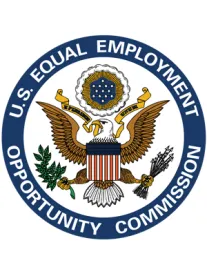In a recent blog post, we discussed the potential impact that President Donald Trump’s administration would have on labor and employment laws and enforcement priorities. According to Victoria Lipnic, who President Trump named as the Equal Employment Opportunity Commission’s (EEOC) acting chair, she does not expect any major changes to the EEOC’s priorities, which were detailed in the agency’s 2017-2021 strategic enforcement plan in October 2016.
The EEOC will continue to prioritize eliminating barriers in recruiting and hiring, protecting vulnerable workers, including immigrant and migrant workers, and underserved communities from discrimination, addressing selected emerging and developing issues, ensuring equal pay protection for all workers, preserving access to the legal system, and preventing systemic harassment.
Nevertheless, this does not mean we will not see any changes, particularly in light of the fact that President Trump will be able to nominate two more Republic commissioners during his term. For instance, although the EEOC will remain committed to enforcing anti-discrimination laws, the focus will be slightly shifted to emphasize job growth and collaboration with employers. In addition, Lipnic stated that the agency will continue to tackle systemic discrimination (where a discrimination pattern, practice or policy has a broad impact on an industry, company or particular geographic area), yet she noted that the agency must “make a hard assessment” of the resources it expends to do so and make strategic changes if necessary.
An additional area of contention for employers is the new EEO-1 reporting forms. As a reminder, beginning this year, covered employers must file a revised EEO-1 Report, which will be due on March 31, 2018, as opposed to the annual deadline of September 31, 2017. Consistent with past EEO-1 Reports, employers will be required to categorize all of their employees by race, ethnicity and gender for each of the ten EEO-1 job categories. However, for private employers, including federal contractors and subcontractors, with more than 100 employees, the report must include summary pay data. At a recent Society for Human Resource Management’s Employment Law & Legislative Conference in Washington D.C., current EEOC Commissioner Chai Feldblum declined to speculate on the rule’s future, but she reiterated that Lipnic voted against rule’s adoption. Lipnic has noted that she is open to re-evaluating the regulation in terms of cost and benefits.



 />i
/>i

